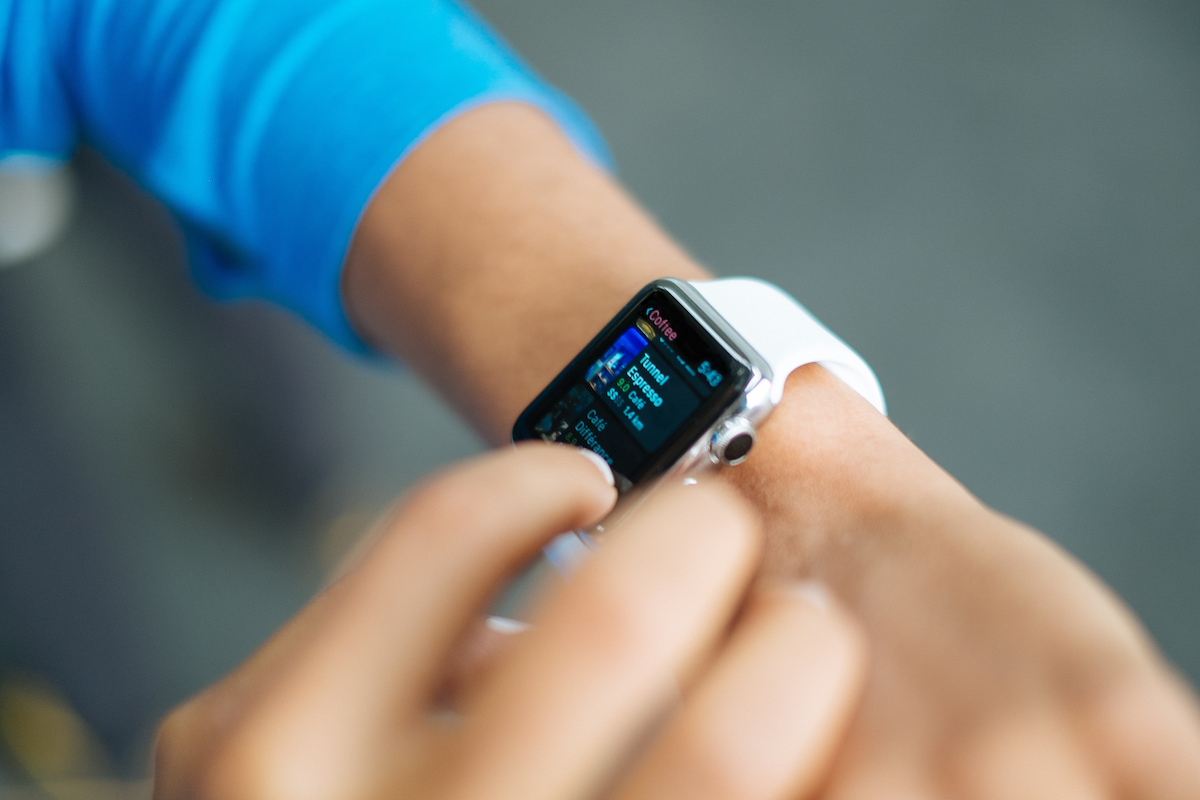Devices that incorporate cellular modems with LTE (Long Term Evolution) are becoming increasingly common in the Internet of Things (IoT). Trends in consumer electronics demand smaller devices, but with the same, or better, connectivity. As the technology becomes more established, network carriers require certification from device manufacturers. The network operators want assurance that the devices connecting to their network are able to connect well, meaning their customers won’t experience service disruption.
Smaller technology, bigger problems
Product designers across the IoT technology sphere are consistently challenged to create smaller and smaller devices that still perform effectively and reliably. Typical IoT devices such as wearables or asset trackers need to be as small as 50 mm in length. This poses a variety of issues for product designers and engineers.
Firstly, a smaller device means a smaller antenna. It also means a smaller PCB (printed circuit board). Many IoT applications require an embedded antenna. This means that the position of the antenna within the device becomes key to optimising performance. In many cases, there isn’t enough room on the circuit board to house an antenna and the circuitry associated with it. Product designers find that FPC antennas offer benefits over SMD antennas, since an FPC antenna is balanced and does not occupy ground on the PCB.
FPC antennas can be positioned in a variety of ways without affecting transmission performance. But designers also need to consider the proximity of other components. Metallic or switching components positioned too closely to the antenna will negatively impact performance. For example, an FPC antenna positioned too near to the main PCB will experience a decrease in efficiency.
Cellular data networks typically operate on low frequency bands. In the United States, it can be 617MHz and 900MHz in Europe. The ground plane length is inversely proportional to the frequency; so a lower frequency needs a longer ground plane. A device operating on a 617 MHz frequency band will need a ground plane length of 150 mm, which is considerably larger than many IoT devices.
There are a few ways that product designers can increase the length of the ground plane in a small space, without compromising device performance. An innovative approach to this is to use a folded antenna that sits on the side of the device, while the rest of the ground plane is fixed at right angles to the antenna. This has drawbacks in terms of cost but can be a viable solution in some applications, allowing the device to meet industry standards and network carrier certification.
Network certification requirements
Network carriers require a series of tests to measure the transmit and receive performance of an LTE device. In the US, cellular data network providers have standardised this process with input from various regulatory bodies. PTCRB certification is the pseudo-acronym for the certification programme for wireless device test certification. To launch a product in the US, LTE devices must pass this certification. Many other countries now have similar requirements. As devices become smaller, the challenge of meeting the PTCRB certification becomes increasingly difficult.
“Over the air” testing is a form of active testing that is carried out using specially designed equipment. Test equipment simulates a cellular base station which interacts with the LTE device wirelessly in a Radio Frequency (RF) anechoic chamber.
These tests measure three key parameters:
Total Radiated Power (TRP) is a measure of the power radiated by a device when it’s connected to a transmitter. For small IoT devices, this can be used to determine how far the device can transmit and send uplink data.
Total Isotropic Sensitivity (TIS) gives a measure of how well a device can receive data from a cellular network. It is dependent on antenna efficiency, receiver sensitivity and the level of interference from the device itself.
Radiated spurious emissions (RSE) are emissions at frequencies outside the required bandwidth. This is tested on all RF bands supported by the device, as well as when the device is idle.
In addition to these operational tests, there are a number of passive tests that LTE devices must pass before being approved. Once an antenna is integrated into the device, the following parameters are measured:
- Impedance
- Voltage Standing Wave Radio (VSWR)
- Return loss
- Efficiency
- Peak and average gain
- 2D/3D radiation patterns
These measurements are compared to industry standards and give an indication of how well the device will perform overall.
Even outside of the US, most network carriers require some level of device testing before products are made available on the market. It is not in their interest to have inefficient devices using their networks as they’re likely to receive poor signal strength and cause instability across the network.
Designing for success
With the stringent PTCRB certification process in mind, it’s worth testing LTE devices throughout the development process. If a product is designed for a specific geographical region, the criteria set by the appropriate network carriers must be met.
Prototypes and mock-up devices can be tested relatively early in the design process to ensure that they meet the certification criteria. Regularly assessing the performance of the antenna throughout the design process means that adaptations can be made before significant costs are incurred.
Selecting the right antenna, combined with an optimised device layout and ground plane length is key to a project’s success in performance tests. Antennas can be specifically tailored to a given device or application, or off-the-shelf products can be adapted to meet performance requirements.




